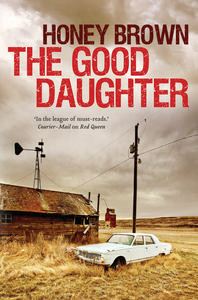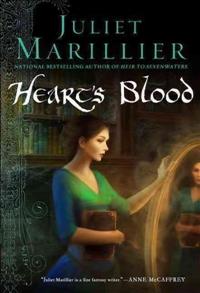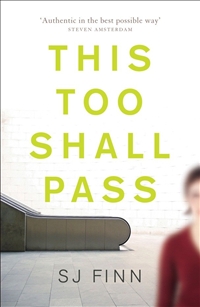 I borrowed a copy of Karen Foxlee’s Anatomy of Wings from the library a while ago and enjoyed this coming of age story a lot. I scanned the cover of the trade paperback as part of a number of books whose covers featured parts of women and girls’ bodies (see under ‘covers’ category).
I borrowed a copy of Karen Foxlee’s Anatomy of Wings from the library a while ago and enjoyed this coming of age story a lot. I scanned the cover of the trade paperback as part of a number of books whose covers featured parts of women and girls’ bodies (see under ‘covers’ category).
As A of W was published in 2007, I thought I’d check whether, the author had published a follow up book to her debut. As far as I can tell she hasn’t published anything new, but I did notice some new covers for her book.
It’s always heartening when an Australian novel, especially a debut one, has a shelf life and I was pleased to note University of Queensland Press has reissued A of W. It is also interesting to note that they have put out teachers’ notes for it for senior students so the novel must be on a curriculum somewhere.
My research (such as it is) has also revealed that the novel is also published in the UK and the US.
What a great thing for Karen Foxlee, especially as A of W is set in small town Australia (Mt Isa) and, despite being beautifully written and a bit mysterious in a Lovely Bones kind of way, is also pretty hard-hitting re sex and violence.
Foxlee’s talent has certainly been recognised. She won the Queensland Premier’s Literary Award for Best Emerging Author and used this award to work on her manuscript for A of W. She also won the 2008 Commonwealth Writers’ Prize (Best First Book South East Asia and Pacific Region) and the Dobbie Award.
It’s quite interesting to work out what the designers are doing with the covers. Obviously the new UQP cover (top) is aimed at that high school/YA market but I think it misrepresents the book somewhat. For some reason, it looks to me like the cover to something by Isabel Allende. On the other hand, the ‘this is serious’ literature vibe, suits a school text.
The old UQP cover (second from top) appealed to an older female readership. It’s quite evocative – I like the feel of dry grass in a summer backyard and going around in bare feet but it suggests the narrator, who’s ten, is much younger.
On the whole I think UK book designers (third) are much closer to the Australian sensibility than the US ones. Here the UK design goes for a prairie-like look (don’t think Mt Isa has wheat fields but I could be wrong). However, they’ve got the age right of the girl and the idea that she’s on the cusp between childhood and adolescence. Plus they’ve got two suggestions of ‘wings’. The kite and the strange feathery sky suggestive of angel’s wings.
The US cover (bottom) is in the ‘body parts’ style and the ‘realism’ of the photography would be more in keeping with a non-fiction book here. They also have the female figure as much older – she probably represents the narrator’s older, troubled, sister, Beth. The clouds below her feet remind me of the film version of Lovely Bones. I’m sure that’s not accidental given the immense success of that book in the US.







